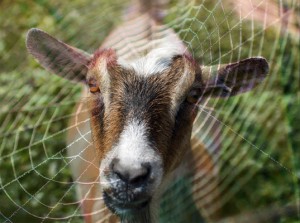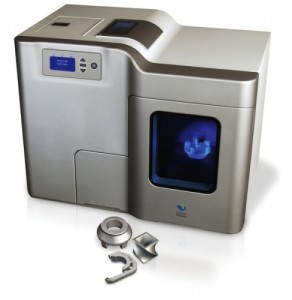Spider Goats and the Future of Synthetic Biology
Science is doing some crazy things in the world of genetics these days. Have you heard about the half goat, half spider?
Dragline silk, produced by spiders and used to catch them when they fall, is incomprehensibly strong for it’s weight. It’s stronger than kevlar used in bullet-proof vests. The possible uses are endless. The thing is, spiders are tough to gather and ‘farm for their silk.’ They produce a miniscule amount of this fiber, so we’re unable to harvest it to study and use.
That’s where the goats come into play. Using a form of DNA adjustment called synthetic biology, scientists have taken the gene associated with the production of dragline silk in spiders, and mixed it into the DNA that promotes milk production in goats. They can now obtain drastically more silk in a more controlled manner. Scientists are referring to this technique as advanced farming.


